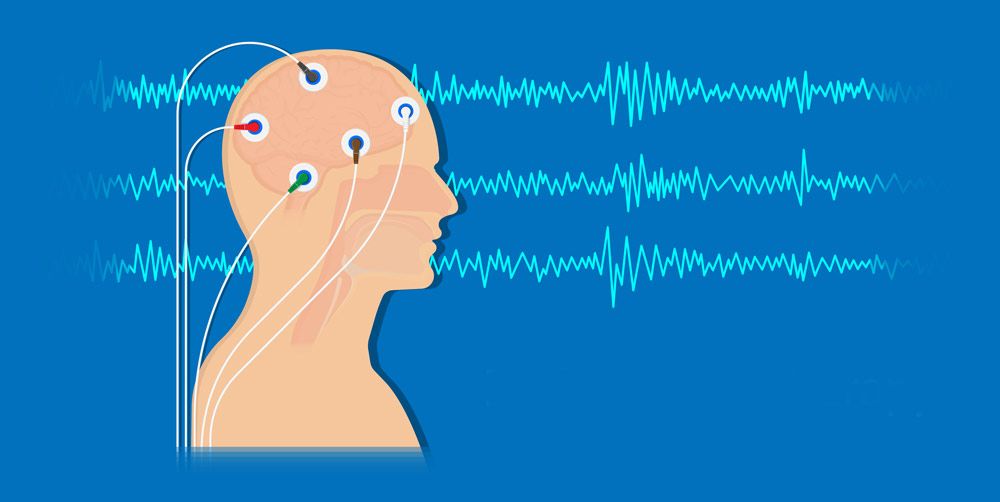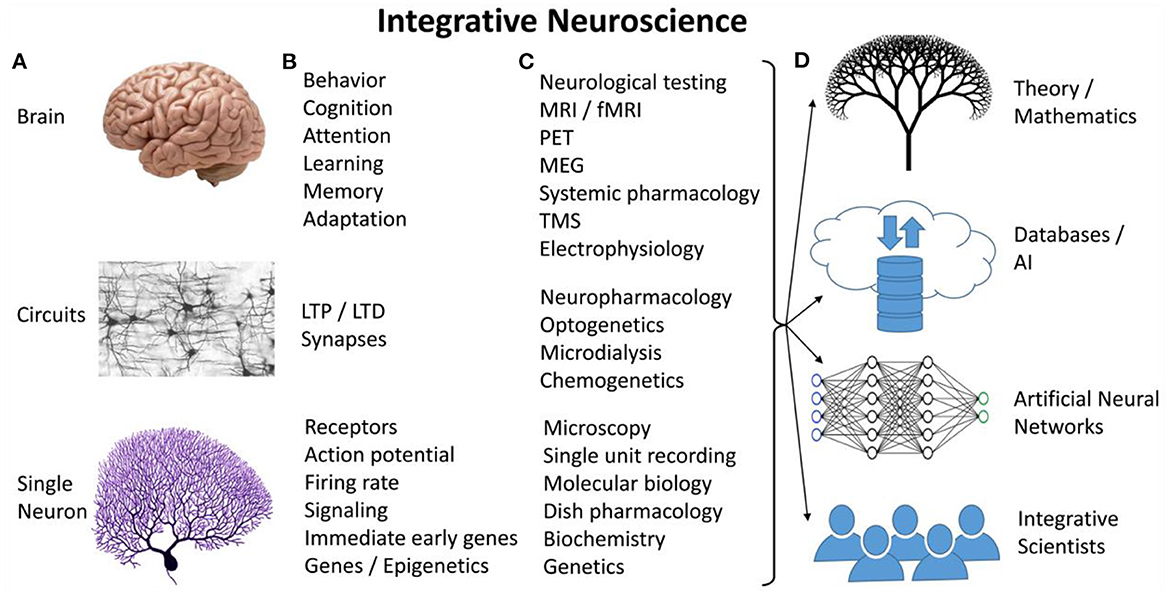
Harmony Within: Exploring Biofeedback Therapy
In the realm of holistic health and well-being, biofeedback therapy emerges as a transformative practice that empowers individuals to gain greater control over their physiological responses. Let’s delve into the principles, applications, and potential benefits of biofeedback therapy, uncovering the harmony within.
Understanding Biofeedback: A Mind-Body Connection
Biofeedback is a therapeutic technique that involves real-time monitoring and feedback of physiological functions, such as heart rate, muscle tension, and skin temperature. The core principle lies in the mind-body connection, where individuals learn to regulate these functions by receiving immediate information about their bodily responses. This heightened awareness forms the foundation of biofeedback therapy.
The Biofeedback Process: From Monitoring to Regulation
The biofeedback process typically begins with the attachment of sensors to the body, collecting data on specific physiological parameters. This information is then relayed to the individual through visual or auditory cues, providing real-time feedback. As individuals become more attuned to their bodily responses, they can learn to consciously regulate these functions, fostering a sense of control and balance.
Applications of Biofeedback Therapy: A Multifaceted Approach
Biofeedback therapy finds applications across various health domains. In pain management, individuals can learn to modulate their perception of pain and promote relaxation. In stress reduction, biofeedback helps individuals identify and alleviate stressors, leading to enhanced well-being. Additionally, it has been utilized in treating conditions such as anxiety disorders, migraines, and hypertension.
Electromyographic (EMG) Biofeedback: Addressing Muscle Tension
One specific application of biofeedback therapy is electromyographic (EMG) biofeedback, which focuses on monitoring and regulating muscle tension. This is particularly beneficial for individuals experiencing tension-related issues such as headaches, jaw clenching, or back pain. EMG biofeedback enables individuals to consciously release muscle tension, promoting relaxation and reducing discomfort.
Heart Rate Variability (HRV) Biofeedback: Enhancing Cardiovascular Health
Heart rate variability (HRV) biofeedback targets the variations in time between successive heartbeats. This form of biofeedback is associated with improved cardiovascular health, stress resilience, and overall well-being. By training individuals to optimize their heart rate variability, biofeedback therapy contributes to a healthier autonomic nervous system balance.
Temperature Biofeedback: Navigating Stress and Relaxation
Temperature biofeedback focuses on monitoring and regulating skin temperature, which is influenced by the body’s stress response. By gaining control over temperature fluctuations, individuals can induce a state of relaxation, counteracting the physiological effects of stress. This application is valuable for stress management and promoting a calm and centered state.
Neurofeedback: Optimizing Brain Functionality
Neurofeedback, also known as electroencephalogram (EEG) biofeedback, targets brainwave activity. By monitoring and providing feedback on brainwave patterns, individuals can train their brains to achieve desired states, such as increased focus or relaxation. Neurofeedback has shown promise in addressing conditions like attention-deficit/hyperactivity disorder (ADHD) and improving cognitive performance.
Biofeedback in Mental Health: A Holistic Approach
The holistic nature of biofeedback therapy extends to mental health. By addressing physiological aspects of stress and anxiety, biofeedback contributes to a comprehensive approach to mental well-being. Individuals learn to manage emotional responses, enhance resilience, and cultivate a balanced mind-body state through regular biofeedback sessions.
Biofeedback as a Complementary Modality: Integrating with Conventional Care
Biofeedback therapy is often used as a complementary modality alongside conventional medical treatments. It provides individuals with additional tools for self-regulation and empowers them to actively participate in their healing process. Integrating biofeedback into a comprehensive healthcare plan enhances the overall effectiveness of therapeutic interventions.
Embark on Your Biofeedback Journey: Explore Possibilities
For those curious about the transformative potential of biofeedback therapy, imexassociates.com offers valuable resources and insights. Discover the possibilities of harmonizing your mind and body through biofeedback. Whether you seek stress reduction, pain management, or enhanced mental well-being, biofeedback therapy opens the door to a journey of self-discovery and optimal living.
In conclusion, biofeedback therapy stands as a beacon in the realm of holistic health, providing individuals with a tangible means of influencing their physiological responses. As we explore the intricate connection between mind and body, biofeedback emerges as a tool for fostering harmony within, paving the way for enhanced well-being and a more balanced existence.



